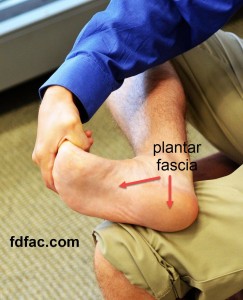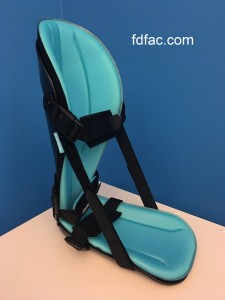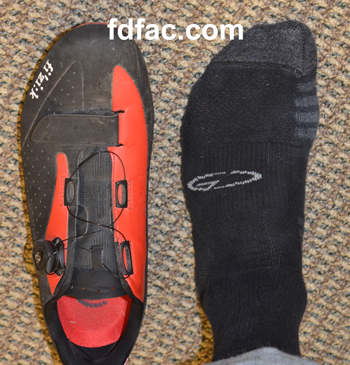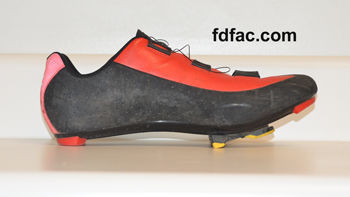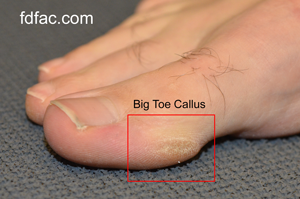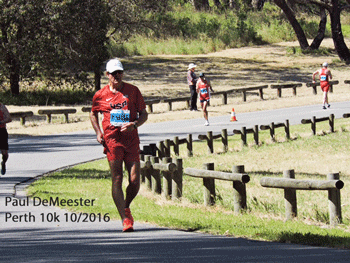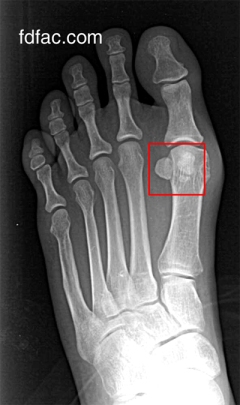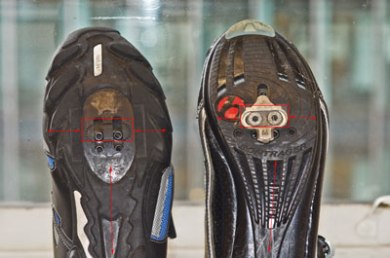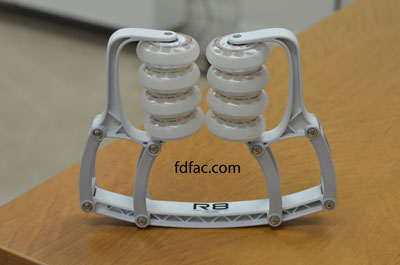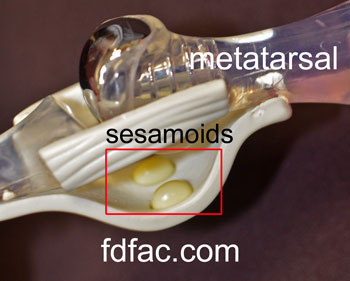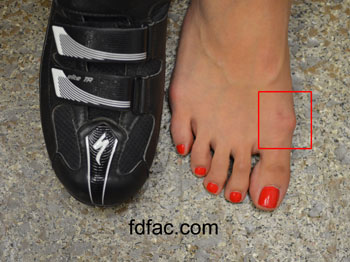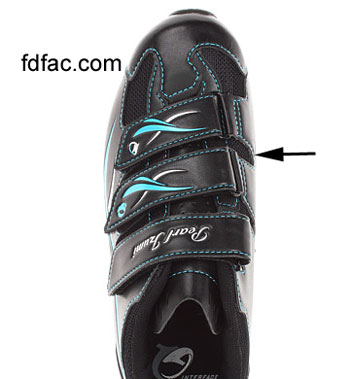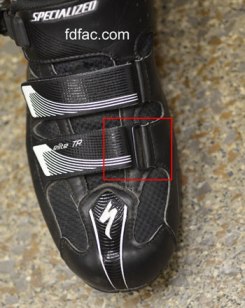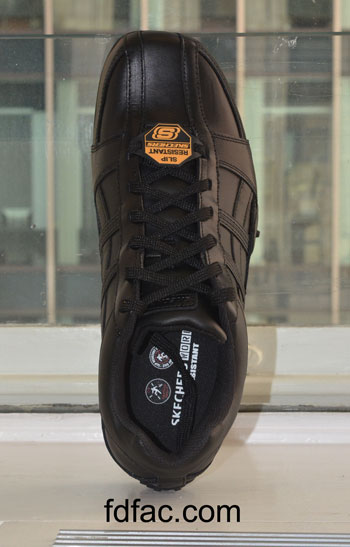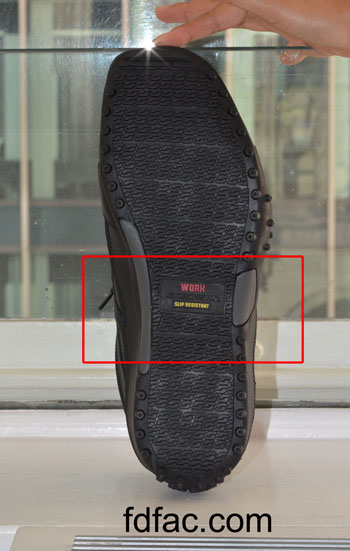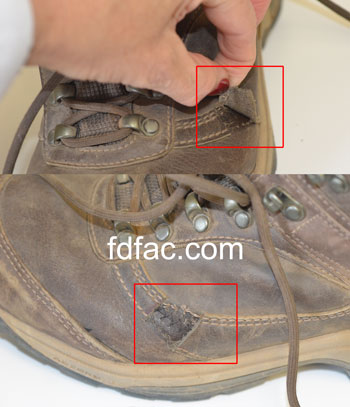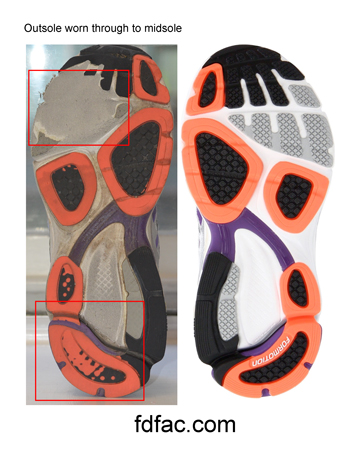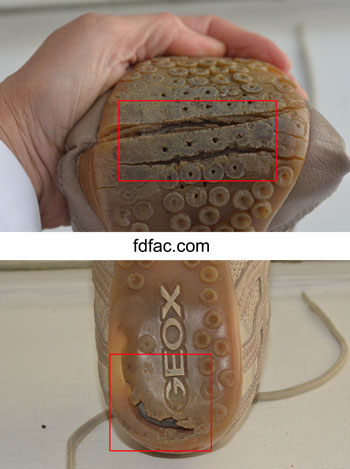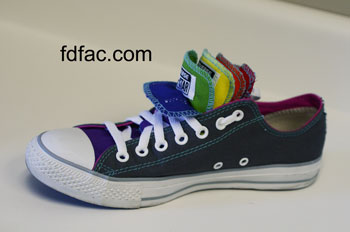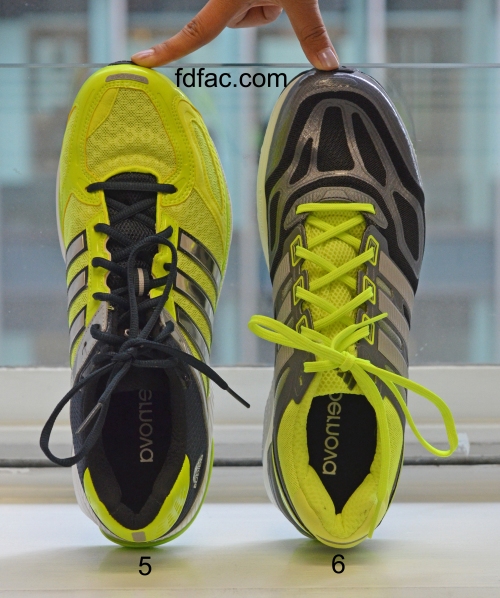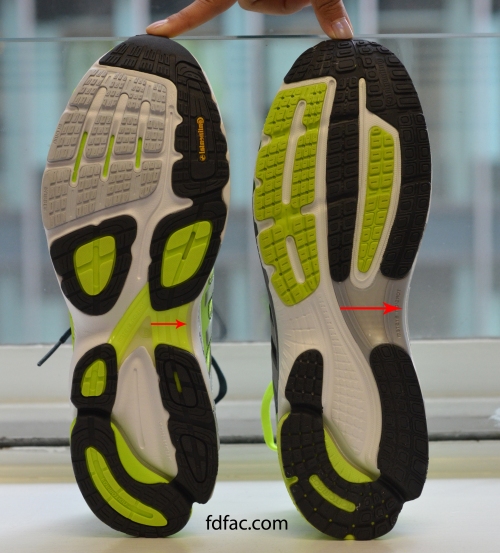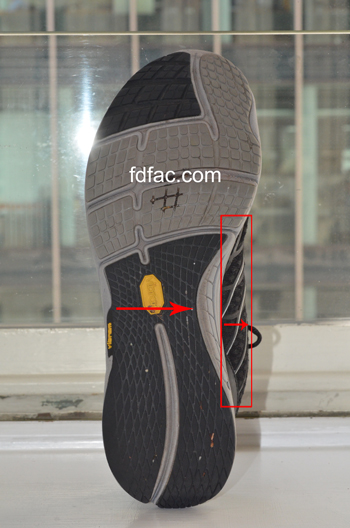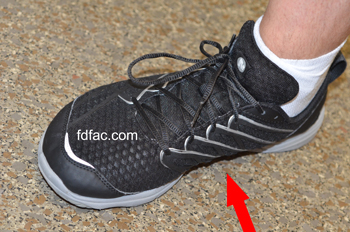Beloved patient and avid hiker, WR, came in today after completing a rigorous 80 mile, 6-Day hike in Morocco. Prior to the hike, he purchased new hiking boots, which coincided with his onset of pain and formation of a never-before-seen lump at the front of his ankle. Fortunately, ultrasound and MRI showed nothing seriously wrong in this area other than focal swelling and inflammation consistent with tendonitis.
After evaluating his new hiking boots however, it was apparent that the top hook-lacing combination was crossing at exactly the same point where his pain and swelling was. In short, due to where the laces were crossing, the boot was strangulating the tendon beneath this point.
The easiest solution was to skip the uppermost eyelet on his boot, which was causing the irritation as the following image shows.

If you or someone you know has a sudden onset of swelling or pain in the foot or ankle, seek treatment with your podiatrist right away. If nothing is found to be wrong, you may just need to modify your shoe lacing – or in this case hiking boots, to make the pain go away.
For other lacing tricks and applications, check out my other posts.
Lacing for Heel Slippage, Top of the Foot Bump and Bunions
Modified Shoe Lacing Soccer Cleats
Saucony Grid Stabil – Lock Lacing Design
Heel Slippage – Improper Shoe Lacing


